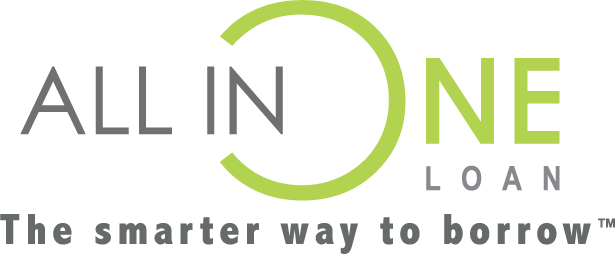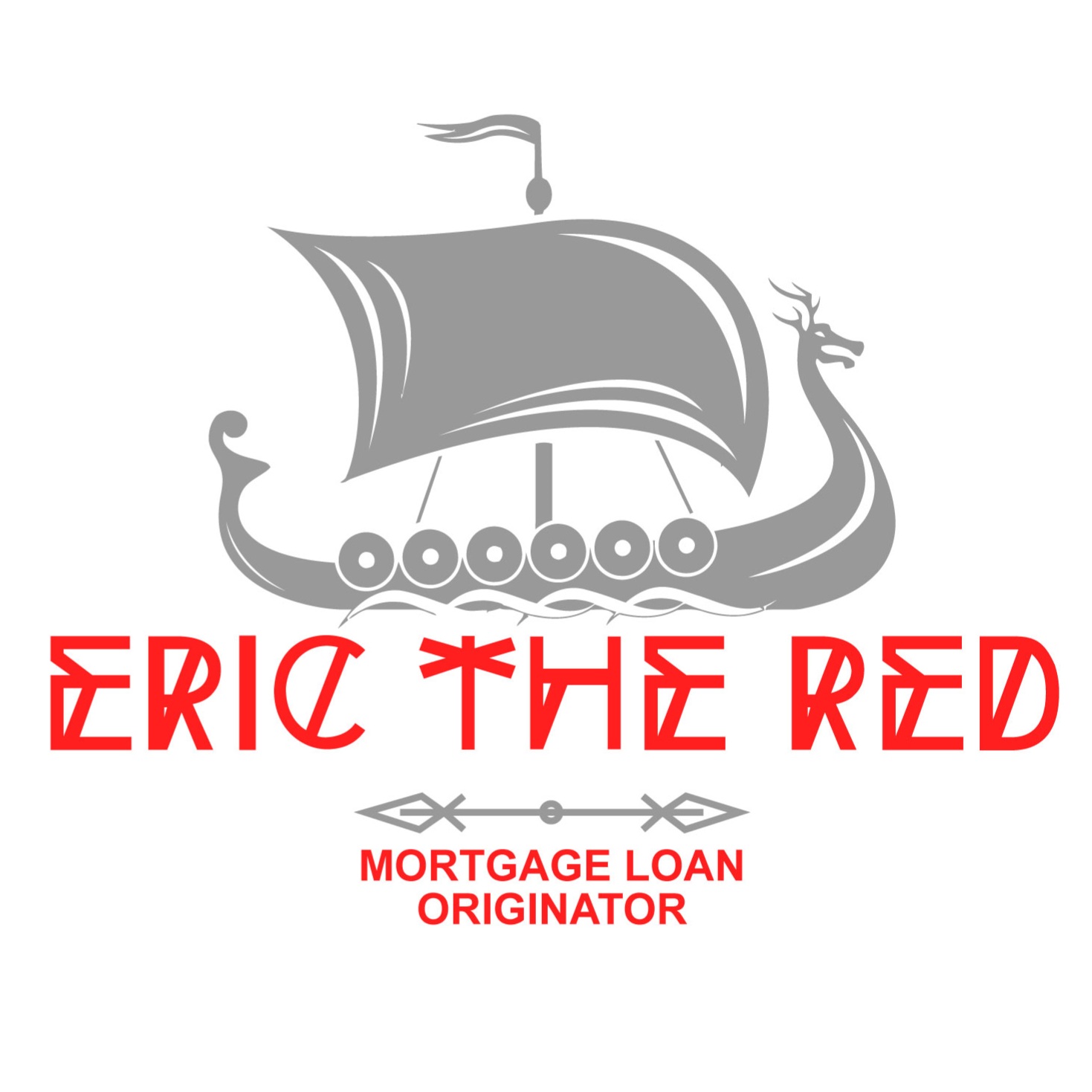

What Is an All-In-One Mortgage?
An all-in-one mortgage is a mortgage that allows a homeowner to pay down more interest in the short-term while giving them access to the equity built up in the property. It combines the elements of a checking and savings account with a mortgage and home equity line of credit (HELOC) into one product. Great for people who have good credit, an all-in-one mortgage lets homeowners pay off their loans sooner without the need to refinance.
KEY TAKEAWAYS
- All-in-one mortgages allow homeowners to pay down more interest in the short-term while giving them access to the equity built up in the property.
- They combine a bank account with a mortgage and home equity line of credit (HELOC) into one product.
- Payments are applied to the principal and interest of the mortgage but are still accessible to be withdrawn.
- All-in-one mortgages require a lot of financial discipline because the more a homeowner draws, the longer it takes to pay off.
All-In-One vs. Traditional Mortgage
With a traditional mortgage, a homeowner makes payments so they can lower the principal and interest. An all-in-one mortgage, on the other hand, comes with some extra perks, allowing the mortgagor to combine a savings account with their mortgage, much like an offset mortgage or home equity line of credit (HELOC).
Payments are applied toward the principal and interest portions, just like a regular mortgage, with one key difference—payments are deposited into a savings account, so they’re accessible for withdrawal. An all-in-one mortgage decreases the amount of interest paid over the life of the loan. It also cuts down on any fees that may be incurred when a homeowner decides to refinance, which can add up to tens of thousands of dollars over the typical 30-year life span of a mortgage.
A homeowner can use the equity from an all-in-one mortgage however they choose, including for everyday expenses such as groceries and for emergencies such as home repairs and medical expenses. Equity can be accessed by making withdrawals with a debit card, writing checks directly from the account, or by transferring the funds from the mortgage to a traditional checking or savings account, and so on.
All lenders generally permit limitless draws as long as the accounts are paid as agreed, there are funds available, and any withdrawals are eventually refunded. Methods for accessing equity, however, can vary between institutions.
All-in-one mortgages are intended for people who spend less than they earn.
Limitations of All-In-One Mortgages
Although this kind of mortgage gives the homeowner access to liquidity, a seemingly endless amount of equity can be a huge disadvantage—especially for people who aren’t financially disciplined.
There is a risk that a homeowner with an all-in-one mortgage may continuously draw on their equity as it builds and never fully pay off their mortgage. Another caveat is that all-in-one-mortgages often command a slightly higher interest rate than other mortgage products.
All-In-One Mortgage vs. Refinancing
When a homeowner wishes to change the existing terms of their note, they can refinance their mortgage. The reasons for refinancing can vary from wanting to take advantage of lower interest rates to removing a spouse after a divorce.
To refinance their mortgage, a homeowner must take some of the same steps they did when they first purchased their property. They will need to contact a licensed mortgage broker or loan agent to review their income and credit and verify that they will qualify for any changes they wish to make. The home will still need to meet required standards and, depending on the loan program, there may be document verifications as well.
Once a refinance application is completed and approved, the homeowners must undergo a closing procedure. This generally involves less paperwork than the original purchase, but still requires a new mortgage note and deed to be executed, containing the new terms of the loan.
As with a cash-out refinance, an all-in-one mortgage allows a homeowner to draw on the equity of the home. But, as mentioned above, homeowners can save a lot of time and money with an all-in-one mortgage, namely by avoiding all the associated paperwork and fees.
Want to know more? Let’s Chat!

